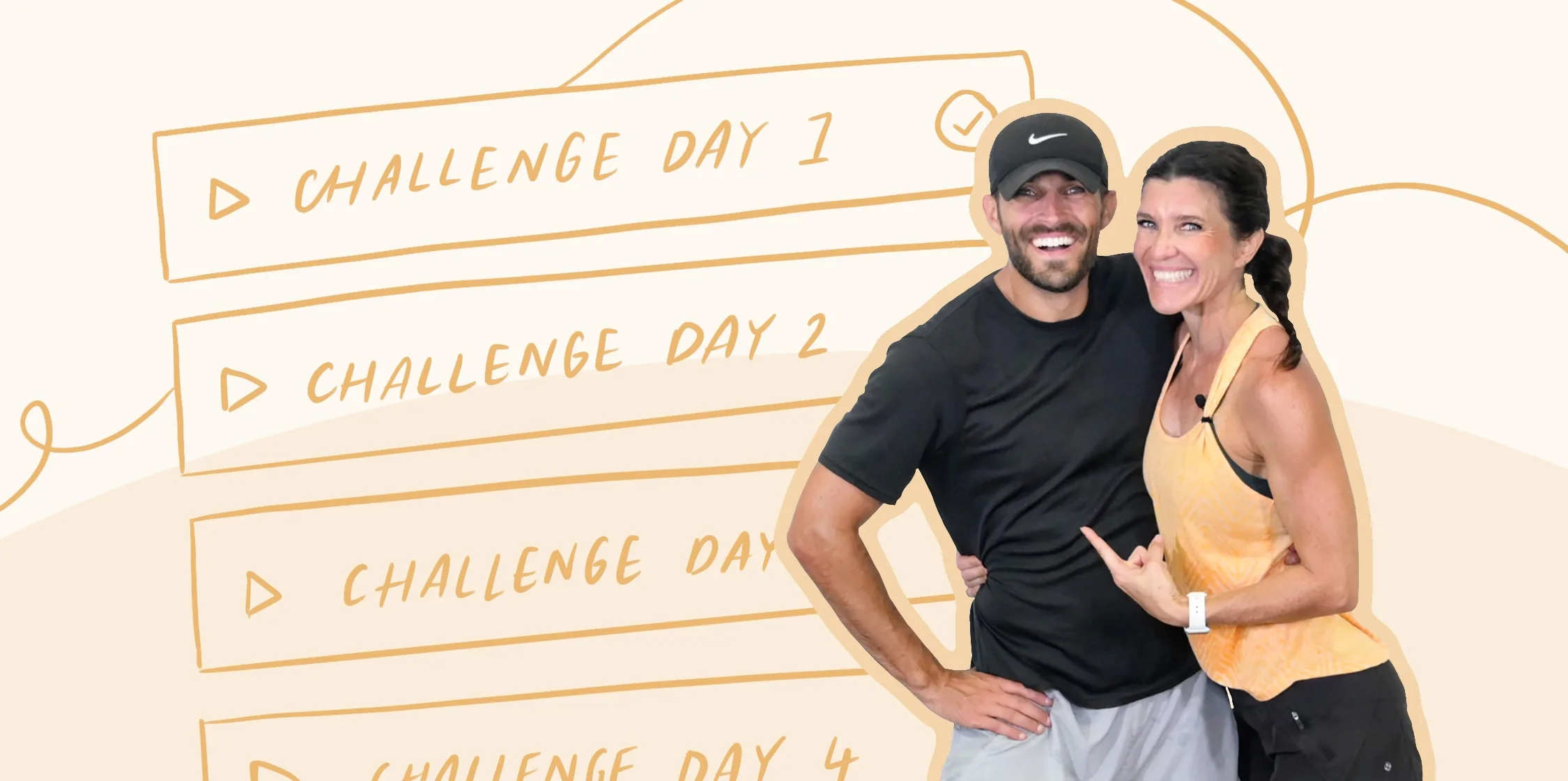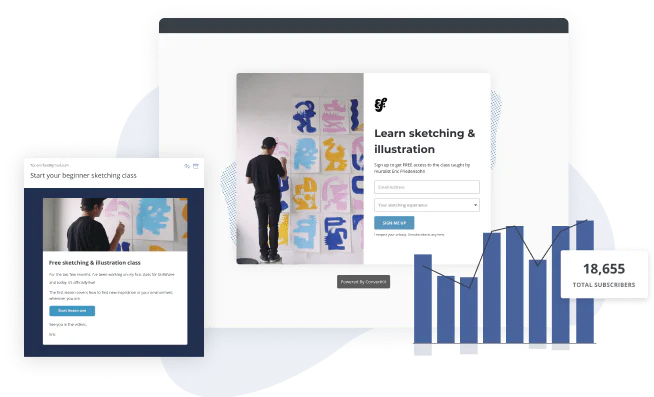How this fitness duo uses email challenges in Kit to build their email list
Updated: September 10, 2024
8 min read

Own the relationship with your audience
Kit helps you build a relationship with your followers and own that connection you make with them through your email list.
Start a free 14-day Kit trial
Kayla Voigt
Always in search of adventure, Kayla hails from Hopkinton, MA, the start of the Boston Marathon. When she's not using words to help businesses grow, she's probably summiting a mountain or digging into a big bowl of pasta. Like what you're reading? Come say hi: http://www.kaylalewkowicz.com (Read more by Kayla)


